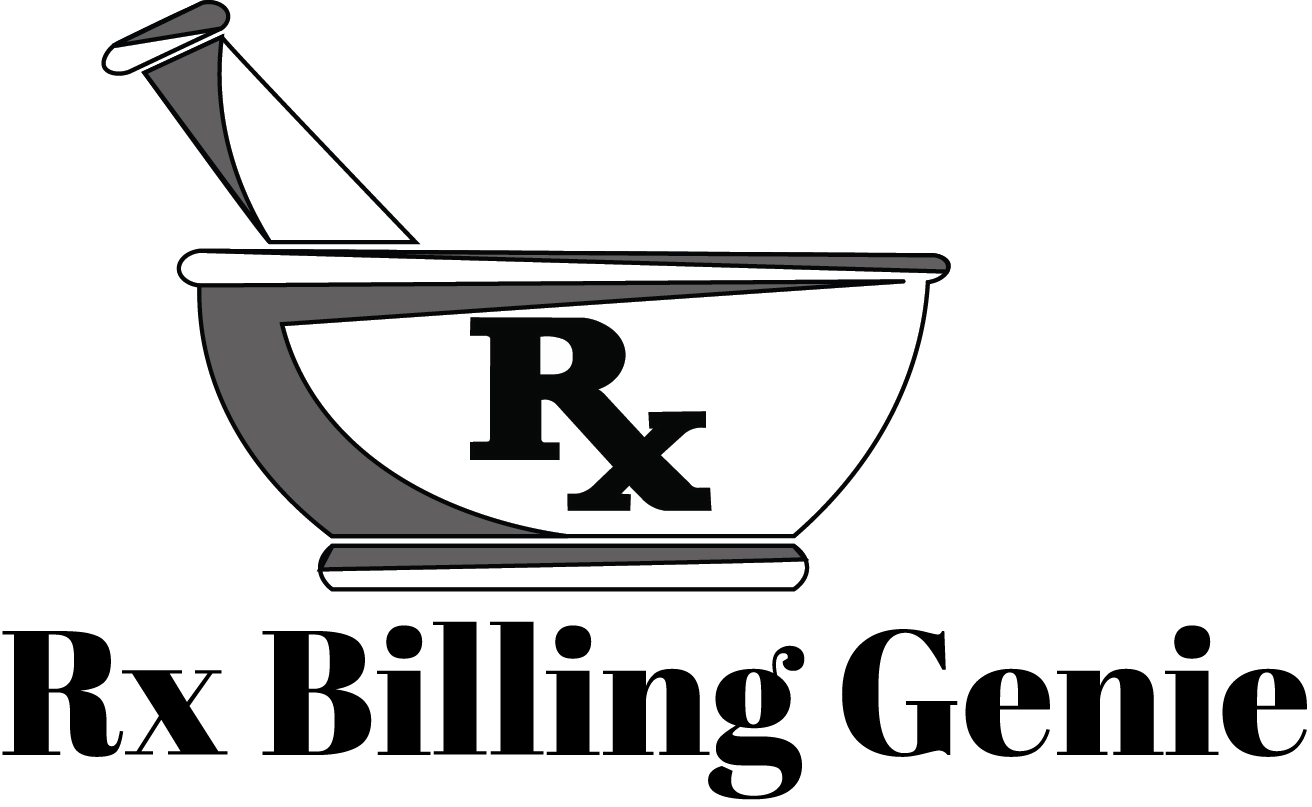How to Deal with Pharmacy Insurance Rejection Codes
Guiding the complexities of pharmacy insurance billing usually means controlling protection refusal codes, an unpleasant but inevitable aspect of the cycle. These rules help to explain why a case was turned down, therefore providing pharmacists with a basis for resubmission or rectification. Knowing these rules may help one distinguish between a seamless claim approval method and delayed or rejected cost implications.
Common Reasons for Rejection
Usually, rejection codes result from problems such as inconsistencies in drug dose, expired coverage, or erroneous patient data. Pharmacies could, for instance, get a rejection number because of a loss meeting plan restrictions or because the insurer (such as Green Shield Canada or ESI) still has to have all the necessary information to handle the claim.
Then, insurance adjudicators engage to either reject the claim or provide intervention codes, thereby enabling resubmission. Pharmacy insurance billing experts have to be quick to correct any errors utilizing intervention codes and resubmit claims effectively.
Steps to Resolve Insurance Rejections
To successfully handle rejection codes:
1. Refer to the specific code given by the insurer to indicate the rejection reason.
2. Intervention codes help to correct errors. If the rejection comes from an incorrect dosage, for instance, make sure the resubmitted claim contains the correct solution information.
3. Work closely with adjudicators to identify inclusion-related problems, therefore guaranteeing the submission of all necessary evidence.
The fast and strong treatment of rejection codes not only saves time but also increases repayment rates. Third-party pharmacy insurance billing experts realize they should be in ahead of these codes to increase assured freedom rates.

